Web2
App
UIUX
Service Design
Designing a transaction process worth $1 trillion
[ Alibaba Group Holding Limited is a Chinese multinational technology conglomerate . It is currently the world's largest e-commerce company and the ninth-largest publicly traded company by market capitalization. Alibaba is also the largest internet company in China, with over 1 billion active users. Alibaba Local Service is a Chinese local services and on-demand delivery platform. The company has a user base of over 500 million active users and a trading volume of over $1 trillion . It offers a wide range of services, including food delivery, grocery shopping, ride-hailing, and hotel booking. ]

My Role
Project Designer
Product Sporsor
Duration
2019.11-2021.02
Methods
Project Management
Product Design
Growth Strategy
Business Analysis
Pitch & Sales Skill
Tools
Sketch
Axure
Principle
Keynote
Building a component with great impact

Context
The Complexity of Local Service: A Multifaceted System
Alibaba Local Service is a suite of services that offers a wide range of options for consumers and businesses in China. The services cover dozens of industries, including catering, supermarkets, tour tickets and air tickets, barbers, beauty salons, and other life services. These services are offered through multiple apps and end-user devices, such as the Koubei app (for coupons), the Alipay app (for payments and life services), the Gaode app (for maps), the Taobao app (for online shopping), Eleme (for delivery services), and offline self-service terminals.
In addition to the wide range of services offered, Alibaba Local Service also has a large number of stakeholders, including merchants, customers, delivery partners, and payment processors and even government agencies, across both online and offline channels. This presents a major challenge in designing a transaction process that meets the needs of all stakeholders and is scalable to support hundreds of millions of users and a multi-trillion-dollar system.
In addition to the wide range of services offered, Alibaba Local Service also has a large number of stakeholders, including merchants, customers, delivery partners, and payment processors and even government agencies, across both online and offline channels. This presents a major challenge in designing a transaction process that meets the needs of all stakeholders and is scalable to support hundreds of millions of users and a multi-trillion-dollar system.
Small changes matter in the transaction process: Every second counts
The transaction process is one of the most important parts of the user journey. It is the series of steps that a user takes to complete a purchase, from browsing products to making a payment. A smooth and efficient transaction process is essential for providing a positive user experience and increasing conversion rates.
The transaction process also includes the online and offline order write-off procedures. Order write-off is the process of finalizing a transaction and recording it in the company's accounting system.
Small changes to the transaction process can have a big impact on its efficiency and effectiveness. For example, a study by Baymard Institute found that a 1-second delay in the checkout process can lead to a 7% decrease in conversions. This means that even a small change, such as optimizing the checkout page for speed, can have a significant impact on the bottom line.
The transaction process also includes the online and offline order write-off procedures. Order write-off is the process of finalizing a transaction and recording it in the company's accounting system.
Small changes to the transaction process can have a big impact on its efficiency and effectiveness. For example, a study by Baymard Institute found that a 1-second delay in the checkout process can lead to a 7% decrease in conversions. This means that even a small change, such as optimizing the checkout page for speed, can have a significant impact on the bottom line.
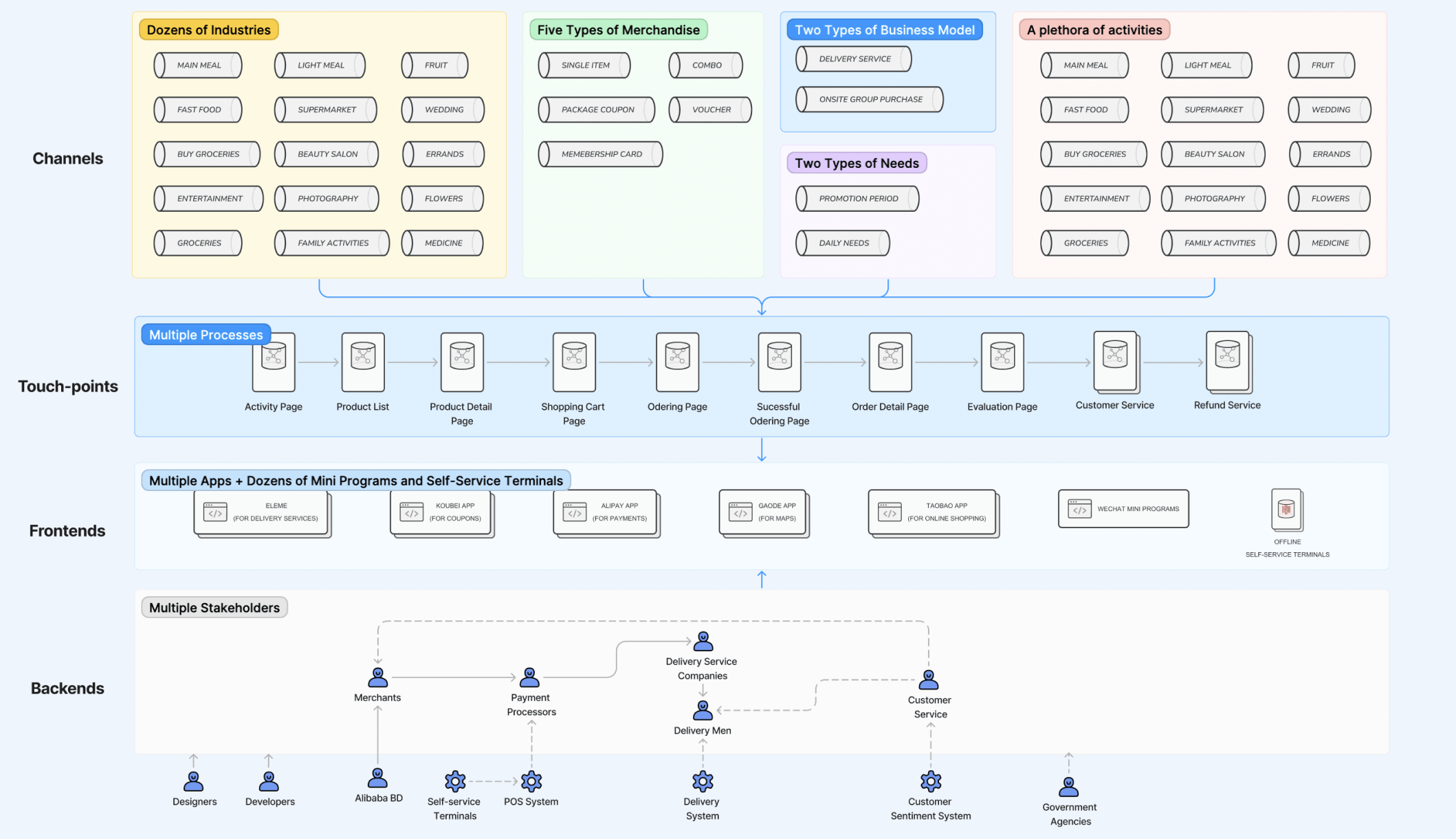
[ Alibaba Local Service Transaction Process System Map]
Project 1
Onside
Group
Purchase
Group
Purchase
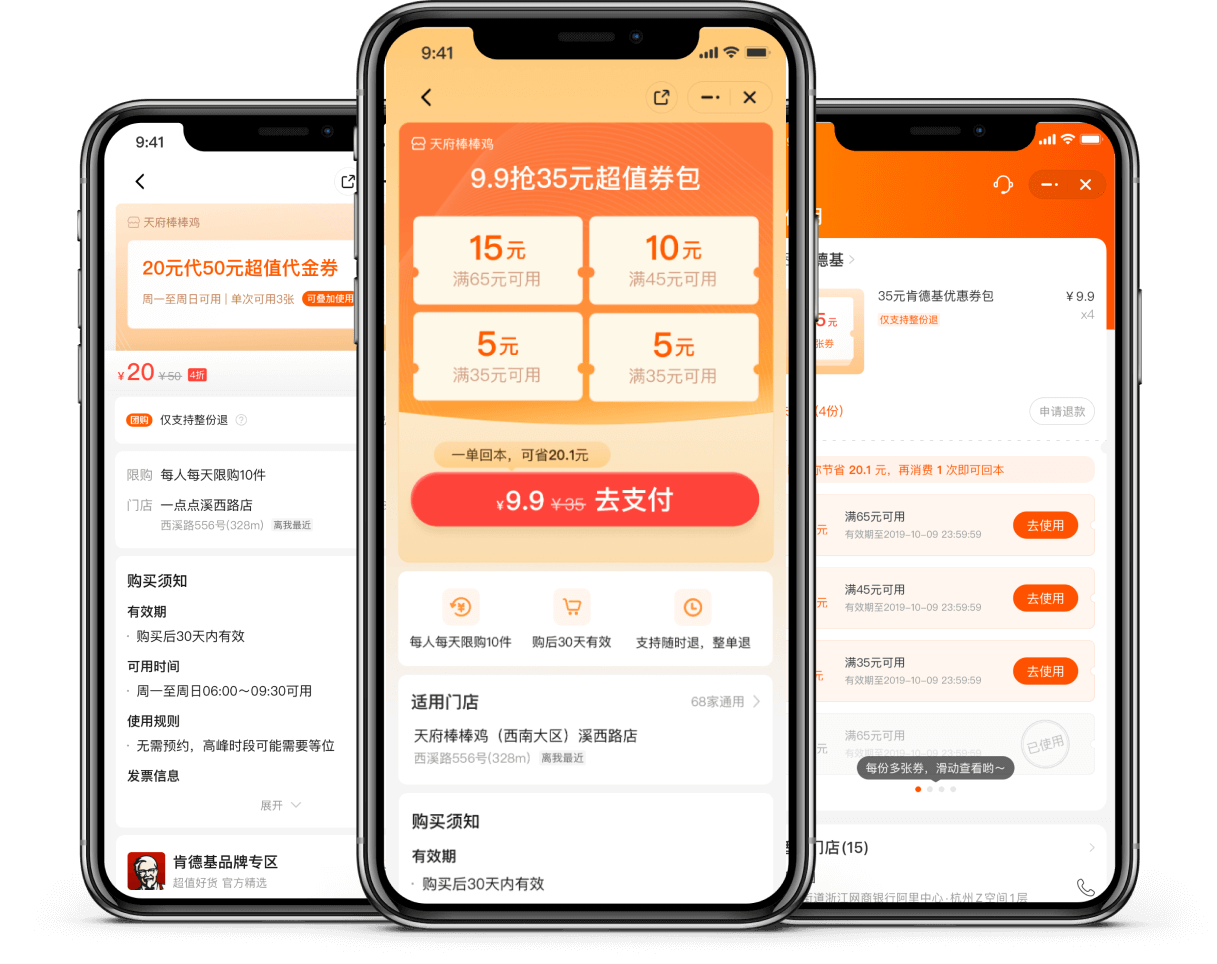
Design Background
Project
Background
Background
The dine-in restaurant industry is large, but the overall penetration rate of group purchase is very low . This is due to the fragmented nature of the industry , with many small businesses. It is difficult for centralized platforms to reach these businesses and offer group purchase discounts.
One of the core strategies is to leverage offline traffic from merchants , especially leverage in-store payment/self-pickup. This can be done by offering discounts or other incentives for customers who pay in-store or pick up their food themselves. The platform can also promote payment/self-pickup + multiple coupons (paid coupons). This will allow customers to save money on their orders and encourage them to return to the platform.
One of the core strategies is to leverage offline traffic from merchants , especially leverage in-store payment/self-pickup. This can be done by offering discounts or other incentives for customers who pay in-store or pick up their food themselves. The platform can also promote payment/self-pickup + multiple coupons (paid coupons). This will allow customers to save money on their orders and encourage them to return to the platform.

User Scenarios
I conducted a comprehensive analysis of user scenarios by combining user channels, user journeys, key touchpoints, and pain points. This allowed me to gain a better understanding of the full picture.

Design Strategies
After analyzing the user scenario, I extracted a key word for each process and highlighted the main design strategies in that process to solve users' pain points. I selected the key words based on their relevance to the user's goals and their potential to cause pain points.

Design Analysis
In addition to the user scenario analysis, I also conducted a comprehensive design analysis that combined a variety of data sources, including page UV, CTR, conversion rate, public opinion satisfaction, competitor analysis, product walk-through, and field research. This allowed me to gain a holistic understanding of the user experience and identify areas where the design could be improved.
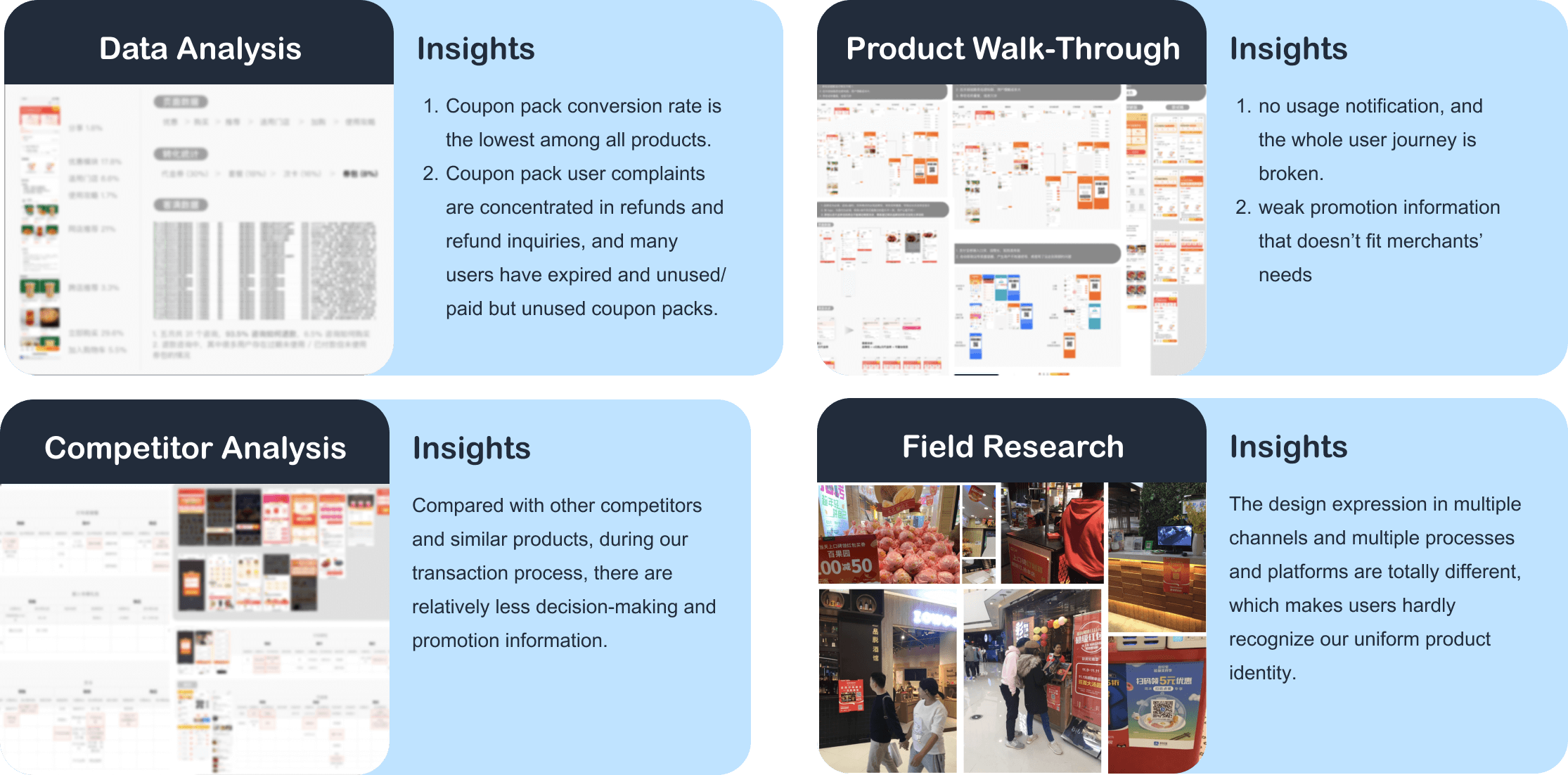
Final Design
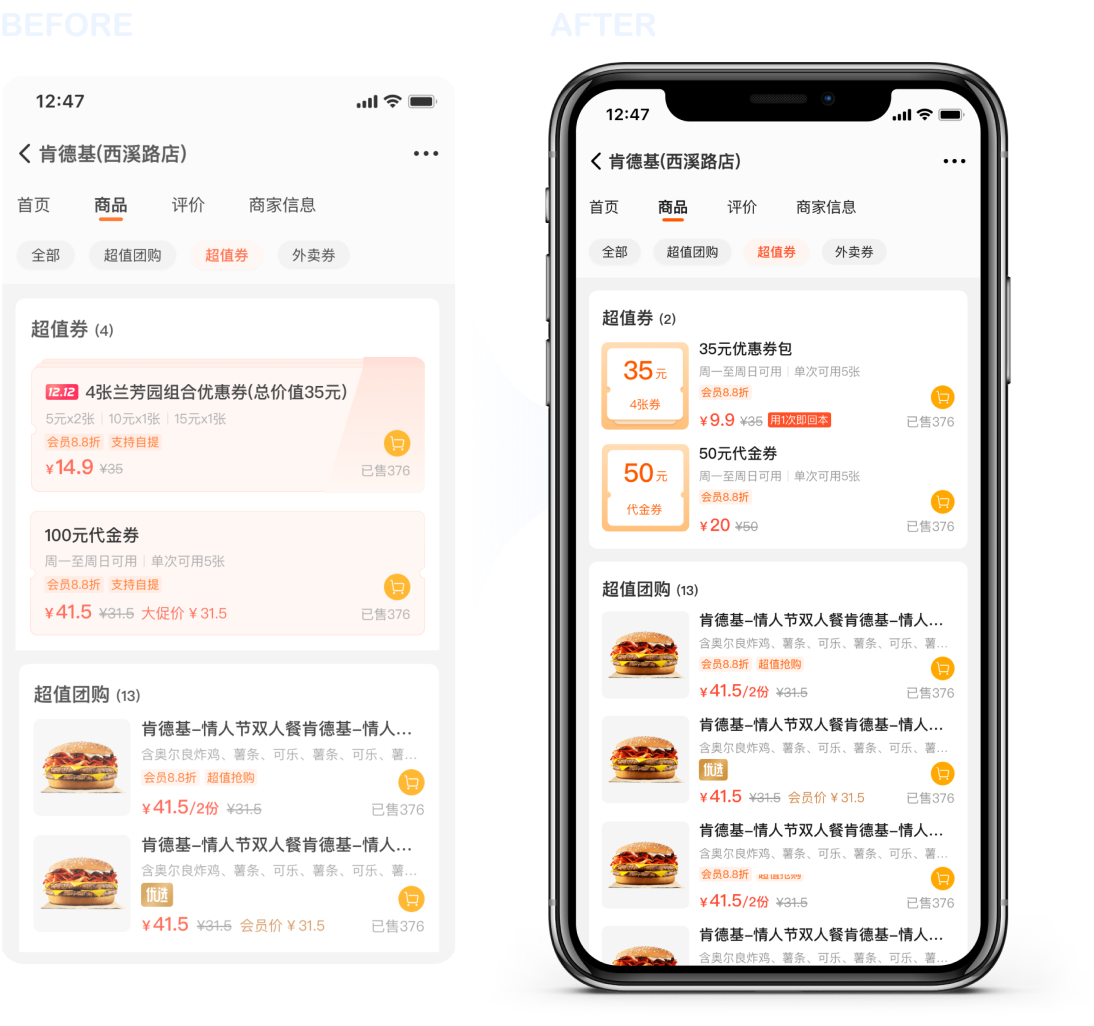
product list page
Enhanced discounts
Increase the visual impact of coupons to attract attention and drive sales. Make it easier for users to compare the value of coupons to the current price.
Enhanced decision-making information
Provide personalized information to help users make informed decisions. Guide users to the desired outcome.
Unified user mind-set across the entire process
Restructure coupon design visual expression to be consistent with previous and subsequent pages, establishing a unified user mind-set.
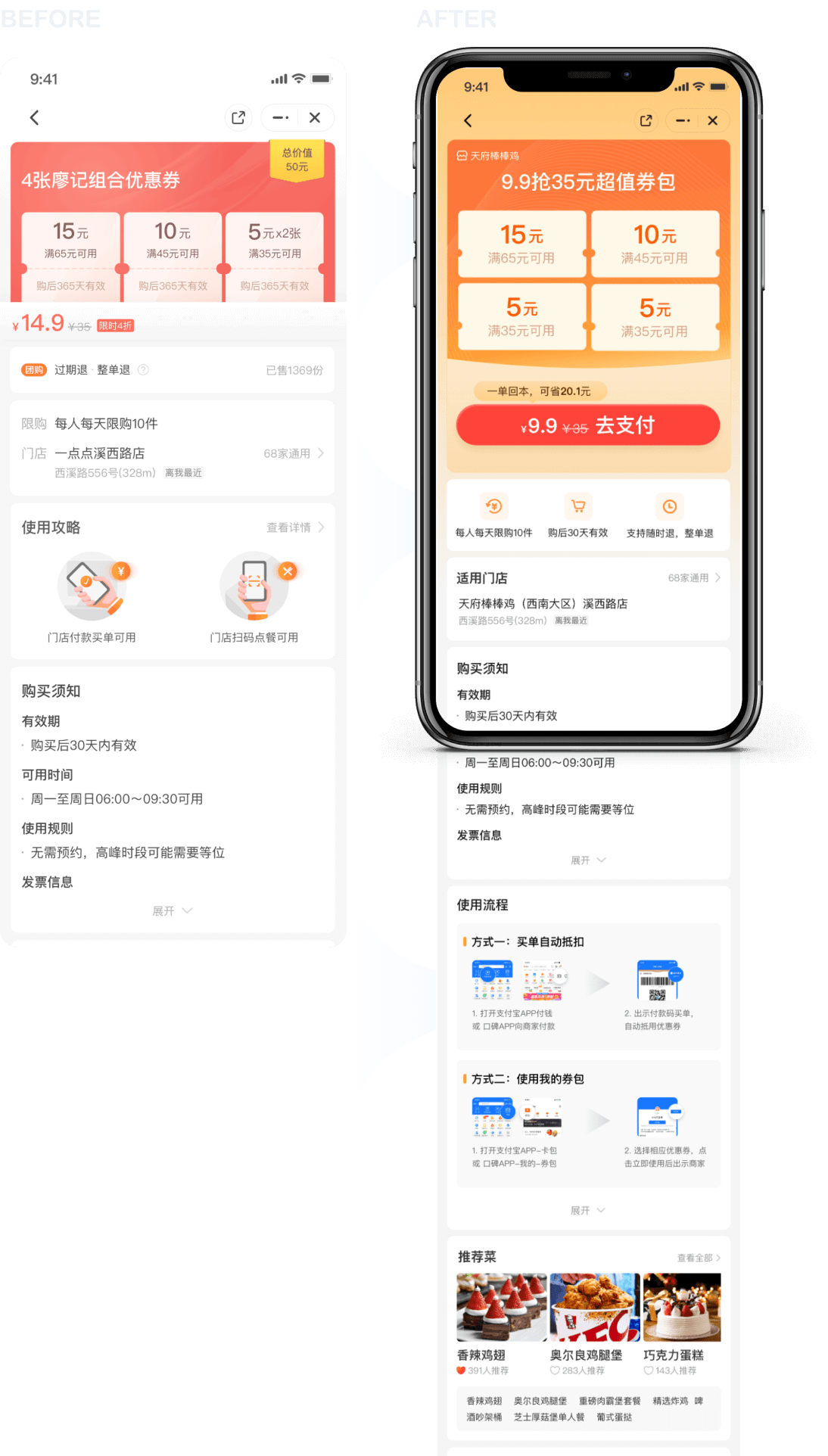
product detail page
Enhanced discounts
Make discounts more visible and appealing, with up to 4 coupons displayed at once. Compare the purchase price and original price in the title to create a sense of urgency. Use dynamic effects on buttons to encourage clicks.
Enhanced decision-making information
Provide personalized information to help users make informed decisions. Guide users to the desired outcome.
Reduced information burden
Remove unnecessary information to create a cleaner, more focused experience.

order detail page
Boost repurchase
Improve coupon visibility and relevance to increase the likelihood of users redeeming them. Highlight savings to make coupons more appealing.
Increase page efficiency
Make it easier for users to find and view the coupons they need. Reduce visual clutter and improve the overall user experience.
Clarify discount rules
Make it easy for users to understand how to use coupons.
Apart from that...
In addition to my role as a toC product designer, I also served as the project sponsor for the improvement of the overall design of the coupon pack service system. I collaborated with multiple teams, including the toB design team, product teams, and BD teams. Thanks to the hard work of all of my colleagues, we have achieved some significant results for both merchants and end users.
Results
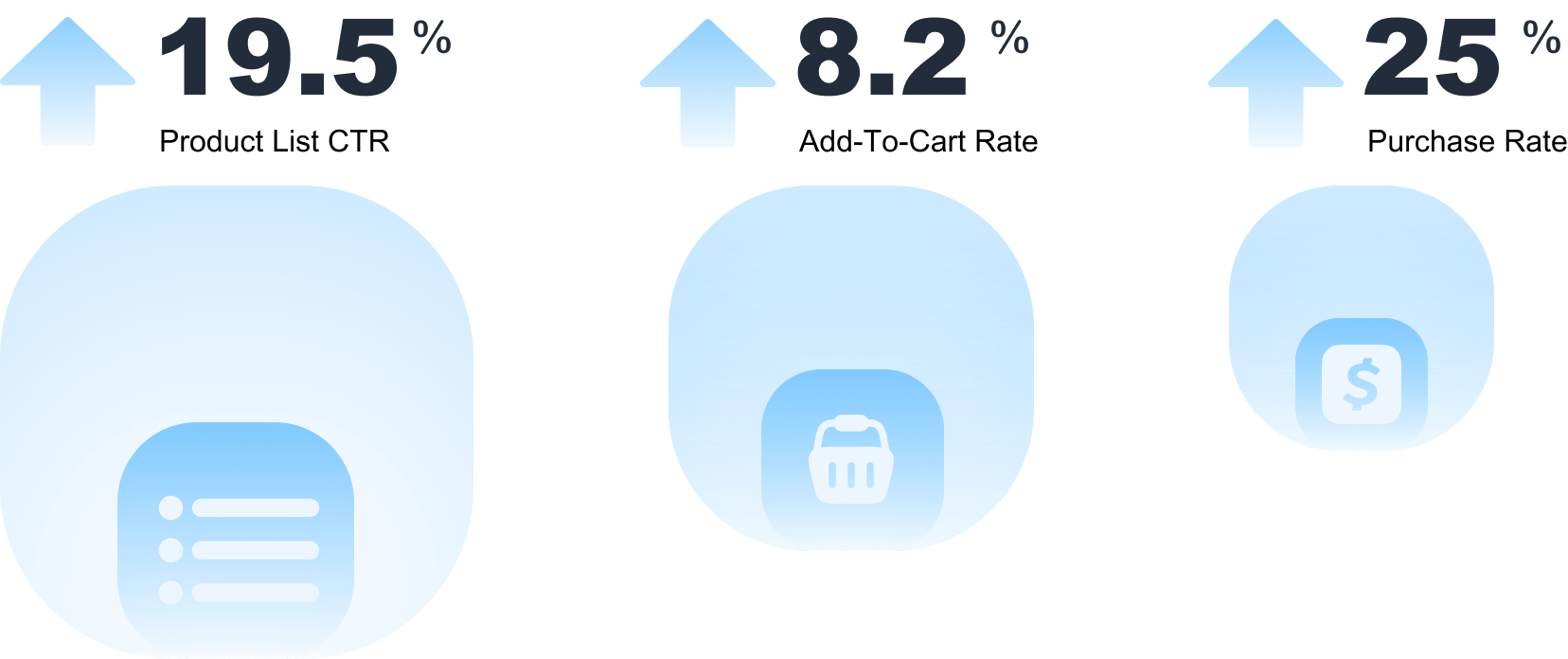
LET'S CONNECT